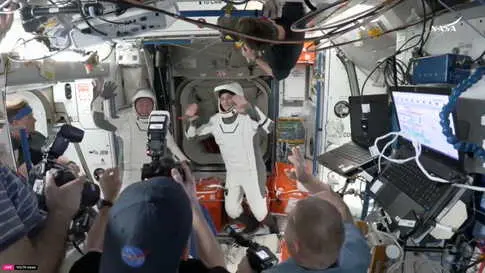NASA's study found that mice on the International Space Station experienced a significant loss of femur bone density in just 37 days, while their spine bones were unaffected. In contrast, astronauts can lose up to 10% of their bone mass during six-month missions, at a rate ten times faster than that of osteoporosis on Earth. This indicates that physical activity and enriched environments can mitigate the effects of microgravity on bones. Mice housed in specialized wire-mesh cages preserved their bone mass, highlighting the need for enhanced exercise equipment and habitats on spacecraft for future Mars missions.
World.Alpha-News.org ➤ The news of the world is here
Space Living Accelerates Bone Loss Tenfold Compared to Aging on Earth
